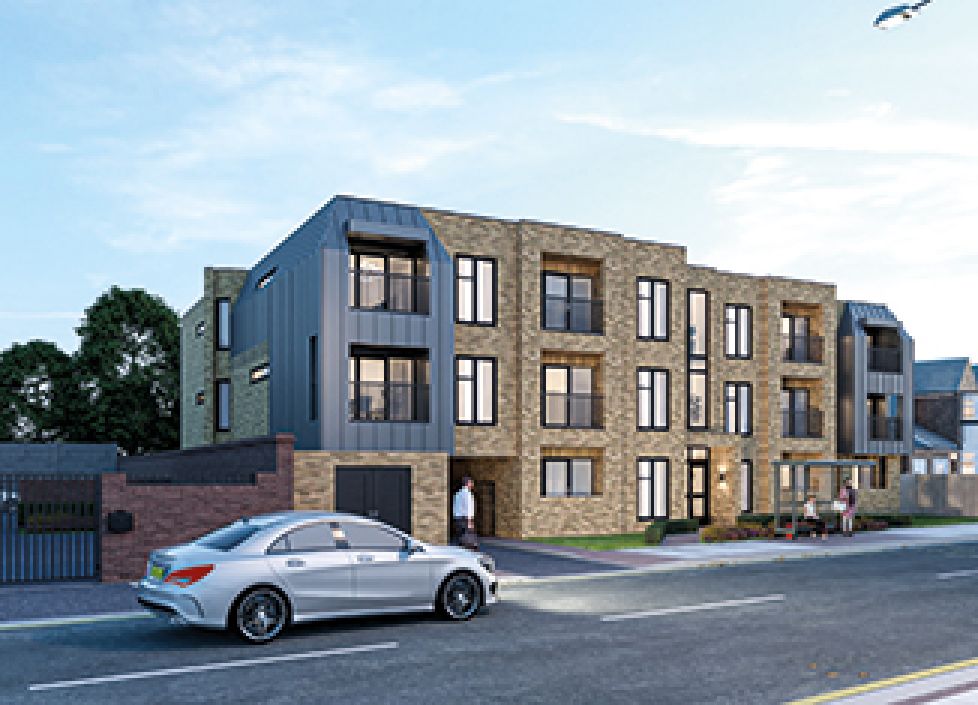Property developers are targeting empty offices after the governments latest planning reform regarding change of use according to Bridging Finance Limited.
Lasting for three years, the new policy will allow the conversion of B1(a) offices into C3 residential dwellings without the need for planning permission.
Chris Baguley, Managing Director at Bridging Finance Limited, said: “weve seen a major increase in the number of property professional clients purchasing commercial property with the sole intention of converting into self-contained residential units. With demand for second tier office space remaining low, there are some great opportunities for investors to acquire these properties significantly below market value.
“Owners of commercial properties are also facing sky-high business rates for empty buildings, and trying to gather sufficient evidence to show that there is no market for the space as offices was wasting both time and money. Therefore, getting rid of this costly step is unquestionably seen as a positive move by developers.“
There are a number of potential pitfalls that will need to be considered before purchasing a commercial property for conversion:
Even with the new policy in place, local planning authorities will still be given the opportunity to seek local exemption where there are justified economic grounds.
Also, where the permitted development rights apply, a planning application may still be required in respect of any associated external works.
Stamp duty land tax could be payable at the higher rates applicable to residential property of 5% or 7%.
Leasehold properties may prevent structural works and the implementation of new windows and doors, which are likely to be required as part of a conversion. The lease may need to be varied to allow for these or it may be sufficient to get one-off consent to the conversion.
If the property will mix retail and office with residential use, the developer must consider the differing requirements of commercial and residential tenants. The service charge payable by residential tenants is controlled by statute and this can create a complicated two-tier service charge regime for the landlord.
Its important to think about the location of the property, particularly since the amenities typically found in a residential area may well be lacking. Also, investigations may need to be made to see if there are any traffic measures which may make parking and access difficult. If parking is going to be a problem, is the property close to local transport links?
The monthly magazine providing news analysis and professional research for the discerning private
investor/landlord






















